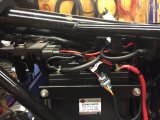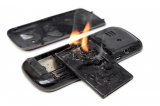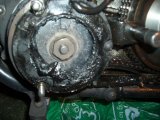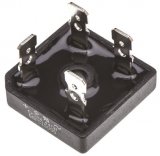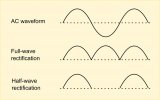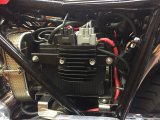I am not comfortable recommending a lithium ion or lithium polymer battery to anyone that has the standard charging system on a bike, or even a podtronics type of regulator/rectifier.
For me, I like to see a minimum spec of a series type regulator/rectifier as used on a modern bike before you use a lithium-based battery. Exactly what we’ve fitted to the MK3
View attachment 8921
Just look at phones and tablets exploding on planes. The massive recall of the Samsung devices in 2017, the freak fires where kids leave devices charging on their beds.
View attachment 8920 View attachment 8919 View attachment 8913 View attachment 8917
Then look at the electric cars catching fire.
And all this modern kit has special chargers designed for the job in hand!!!!
View attachment 8915
Now consider you have the same type of battery being charged by a very antiquated charging system, above a red hot engine that shakes and rattles (even with isolastics) and you are sat astride a tank full of petrol.
I just don’t like the idea.
The original selenium rectifier and zener diode output your excess charge as heat when your battery is fully charged, but there is no ‘logic’ that is checking that charge rate or the over charging.
A podtronics is similar, but worse, the circuitry keeps your alternator under 100% load 100% of the time. One of the reasons we are seeing more alternator failures.
View attachment 8918
These are $3 components encapsulated in resin on the underside of a large heatsink.
View attachment 8916
At least the branded Podtronics units are wired up correctly, potted with resin that actually transfers heat, and use wires that are thick enough to carry the current.
The cheaper $20 units may look the same but they are not assembled with the same care.
So I guess my answer is yes, I recommend you plan to install some other modern components alongside your Shorai



